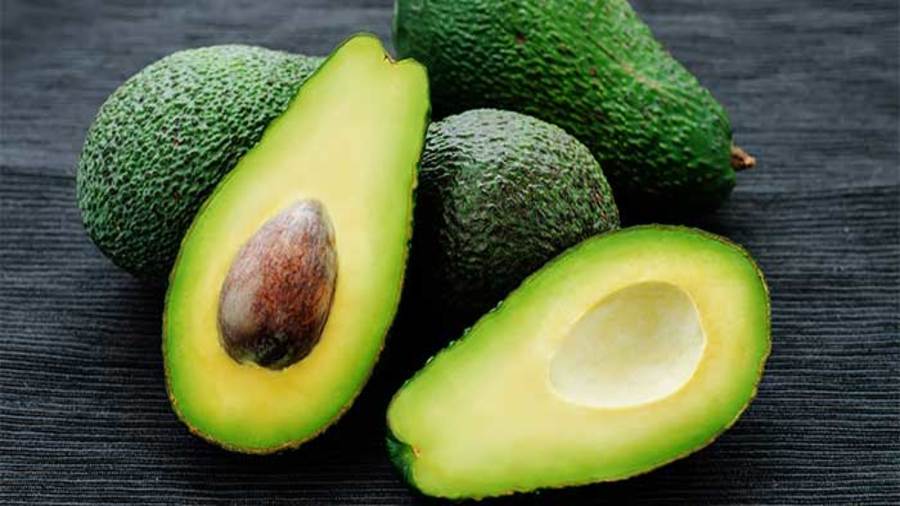CHINA – As part of the U.S.-China Economic and Trade Agreement (ETA), California-grown Hass avocados received market access to China as from April 26, 2020, revealed a GAIN report by the United States Department of Agriculture.
Avocado producers are expected to adhere to the General Administration of Customs China’s (GACC) phytosanitary import requirements and the produce will be allowed into the market if they meet the quarantine requirements.
The report has stated that shipments of fresh California Haas avocados may arrive in China by air or sea but only via certain ports that are authorized to inspect and clear fresh fruit imports.
The major ports of entry by air and sea are Shanghai, Shenzhen and Guangzhou while Zhengzhou and Changsha are inland ports of clearance.
Though grown in some areas of southern China before 2005, avocados were a relatively unknown fruit at that time.
Even when Mexican avocados got market access in 2005, it took until after 2010 for avocados to gain some traction among consumers, then starting in 2013, avocado consumption exploded.
The rising demand for fresh avocados in China in the past few years is mainly driven by the increasing number of middle-class consumers who are willing to pay higher prices for quality, healthy fruits as well as the millennial generation who are eager to try new and international products.
Fresh avocados are now almost ubiquitous in both online and offline retail outlets.
This is due to the fact that imported avocados have been marketed as a healthy dietary choice, a good source of monounsaturated fat, vitamins and minerals, with benefits for women, children and elderly.
China’s fresh avocado imports reached a record high in 2018 at almost 44,000 metric tons, rising by 37 percent from 2017 and up more than 1,369 percent from just 31.8 metric tons back in 2011.
However, this supply spike exceeded demand and a number of importers lost money on excess product. This loss led importers to reduce 2019 imports back to 2017 levels.
Industry insiders believe that the weaker avocado sales in 2019, coupled with the negative impacts of COVID-19 will result in reduced import demand in 2020.
Though it may take importers some time to regain confidence in the avocado market, the low per capita demand suggests there is growth potential for avocados in China if the price is competitive and marketing efforts are made.
In the first quarter of 2020, China’s fresh avocado imports decreased 19 percent compared with same period the previous year, partially due to the spread of COVID-19 and related transportation challenges and consumers’ shifting prioritization to familiar, staple foods.
The pandemic may continue to have a negative impact on international trade and prices of avocados.
This uncertainty and slowing domestic market demand as consumers reduce discretionary spending has made importers conservative in placing large volume orders from overseas.
Peru, Chile and Mexico currently dominate China’s imported avocado market. Before 2018, these were the only three countries to have market access to China.
In January 2018, New Zealand avocados gained access, and in July and November 2019, avocados from Colombia and the Philippines (respectively) did also.
Currently Peru, Chile, New Zealand and the Philippines enjoy a zero tariff on avocado exports to China due to preferential trade agreements. Tariffs on Mexican and Colombian avocados are 7 percent.
In addition to the Most Favoured Nation (MFN) rate, imports of California Haas avocados are subject to the Section 301 retaliatory tariffs of 25 percent.
Importers can apply for a waiver of this 25 percent retaliatory duty even though California avocados are not among the approximately 150 products listed as eligible for tariff exclusions. If granted, the applied tariff would be 27 percent.
Liked this article? Subscribe to Food Business Africa News, our regular email newsletters with the latest news insights from Africa and the World’s food and agro industry. SUBSCRIBE HERE









